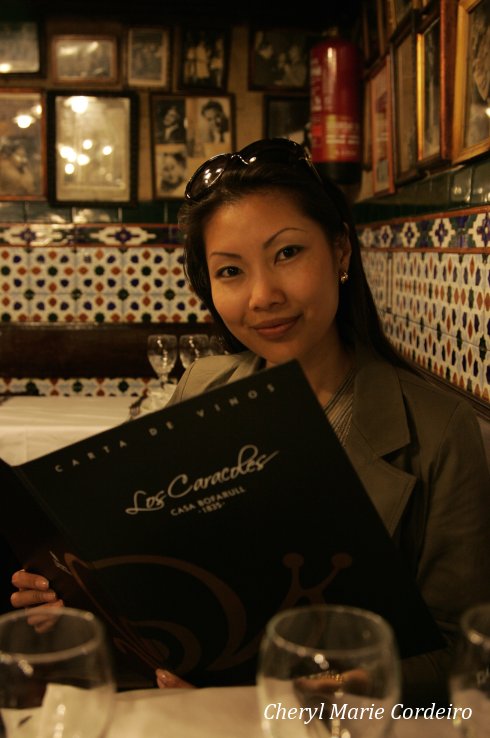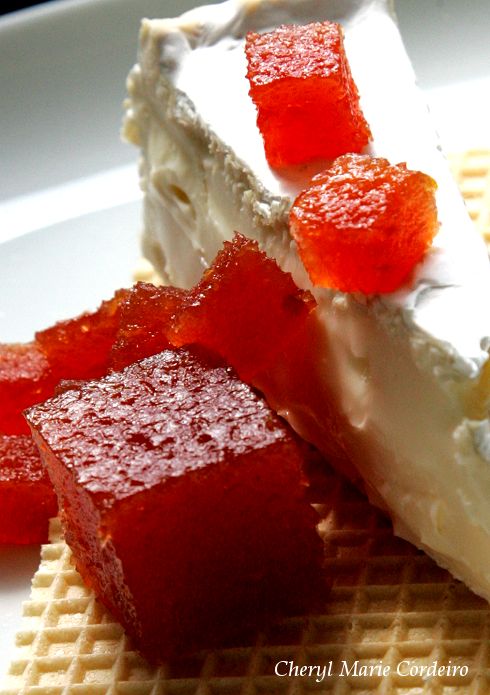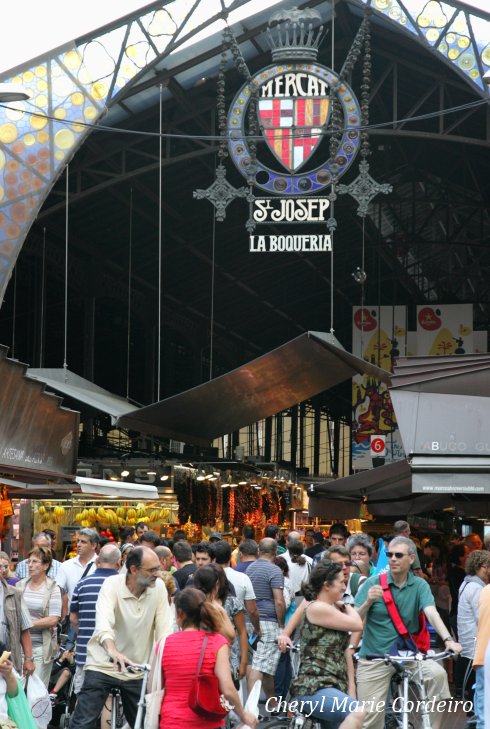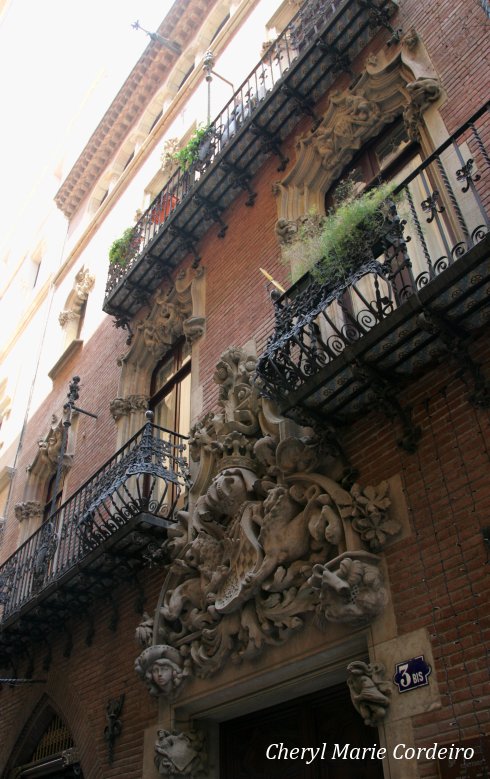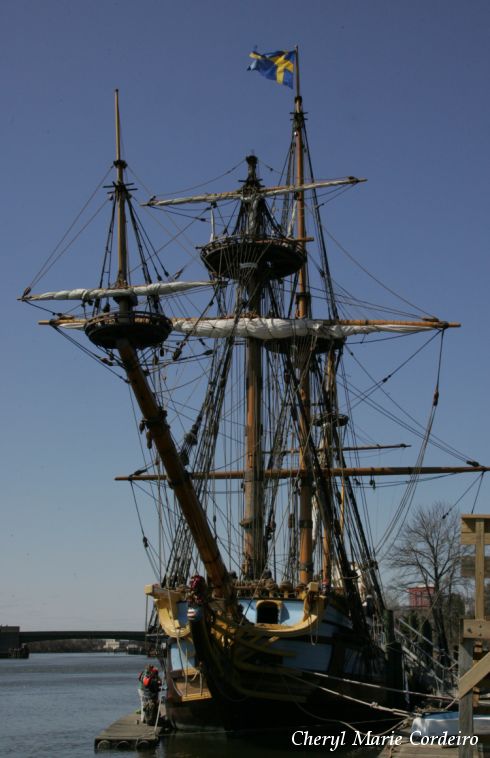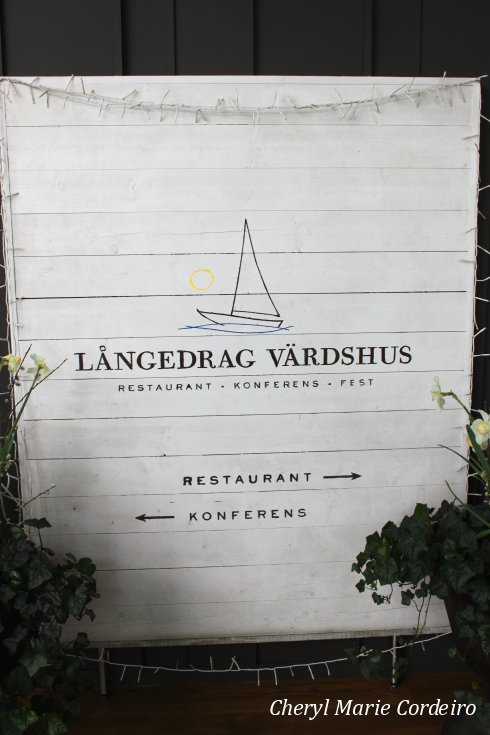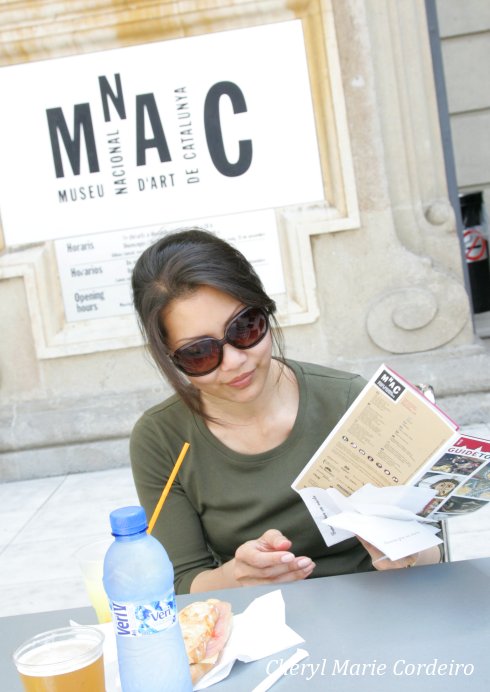
The Mies van der Rohe Pavilion is but a short walk downhill from the Museu Nacional d’Art de Catalunya, or the MNAC. It’s situated at the foot of the Montjuïc hill. The outdoor café outside the Museu Nacional offers a much needed refreshment.
JE Nilsson and CM Cordeiro Nilsson © 2011
Just below the Museu National on Montjuïc, towards the Placa d’Espanya and on its original site lies the newly rebuilt Mies van der Rohe Pavilion, originally the German Pavilion, built for the 1929 world exhibition held here in Barcelona.
The Pavilion is to me, a fundamental architectural monument from a time when the hope towards a unified and better Europe prevailed. Even beyond the field of arts history and architecture, the German architect and designer of the early 20th century, Ludwig Mies Van Der Rohe (1886-1969) was known for his works being some of the most influential of the time. He was one of the founders of modern architecture and a proponent of simplicity of style.
He coined the phrase “less is more” in referring to clarity of shapes and thoughts. So influential were his ideas from the early 1900s that today, these clean lines are visibly noted in the design of just about every current shopping mall or airport in the world. It could even be argued that the very typography of this blog, looking as it does, could be traced back to him.
Because of this, it is a little mind boggling that I found myself in the very building that in architectural form, presented this new ideology to the world, considering too that this was the fruitful result of a flow of ideas between the Russian constructivists, the Bauhaus design school in Berlin and the De Stijl group in the Netherlands, who no doubt also fetched energy and ideas from the modernists here in Barcelona.
Continue reading “Mies van der Rohe Pavilion, in Barcelona, more or less”

